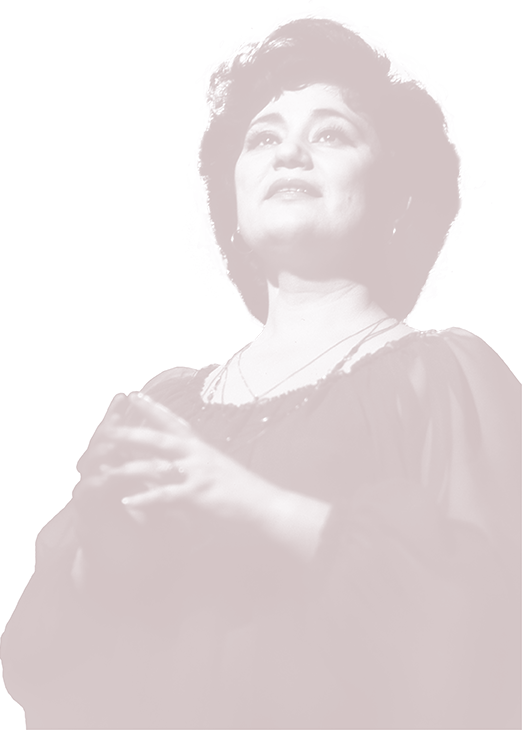
Conductor: Denis Ceausov, Merited Artist
Original Title: Alexandru Lăpușneanu
Libretto: Gheorghe Dimitriu
Based on the novella of the same name by Constantin Negruzzi
Director: Eleonora Constantinov, People’s Artist
Scenography: Veaceslav Ocunev
Costumes: Irina Press, Merited Artist
Choreography: Marat Gaziev
Premiere in Chișinău: December 1, 1987, at the Moldavian SSR Academic State Opera and Ballet Theatre
Duration: 3 hours (one intermission)
The opera is performed in Romanian
